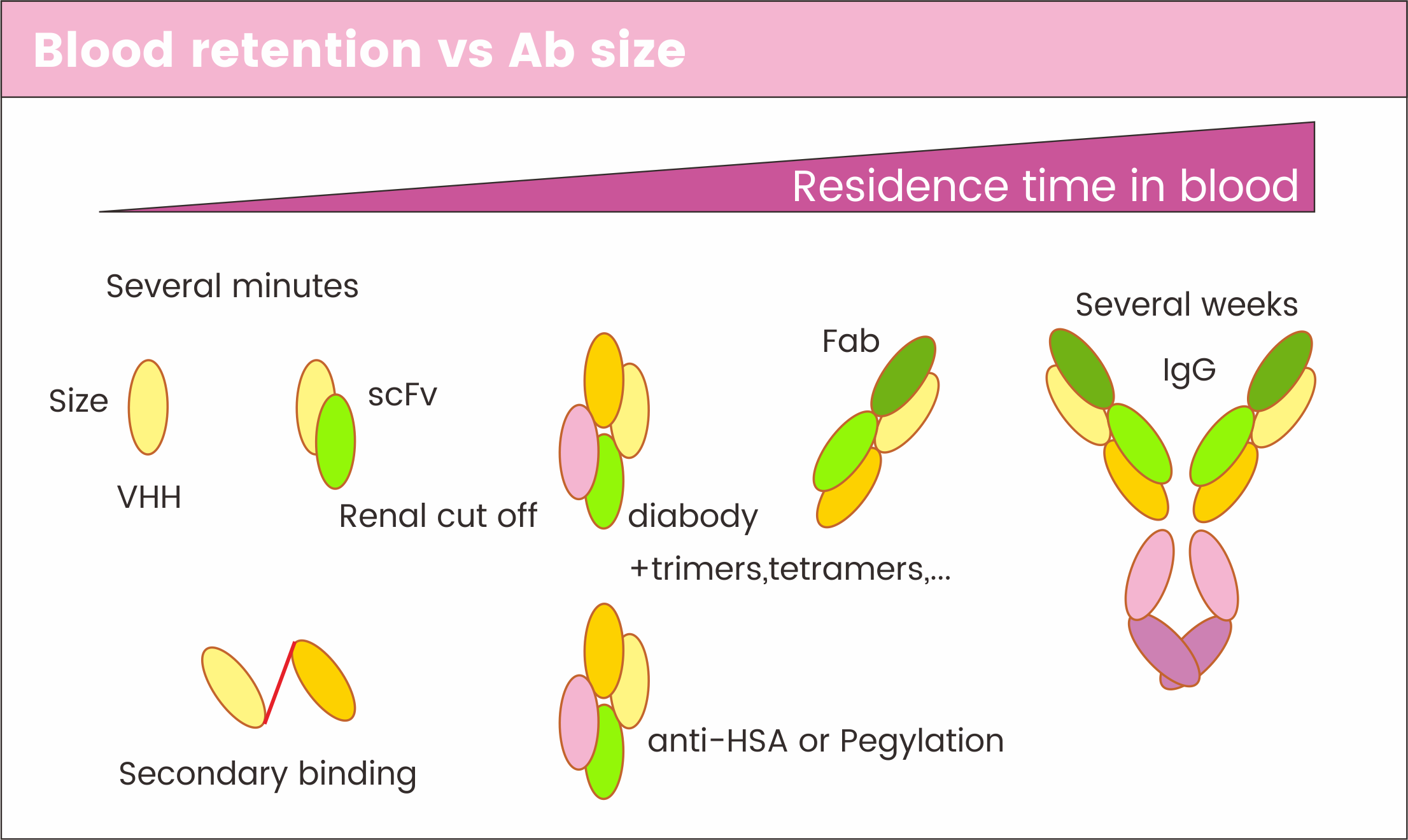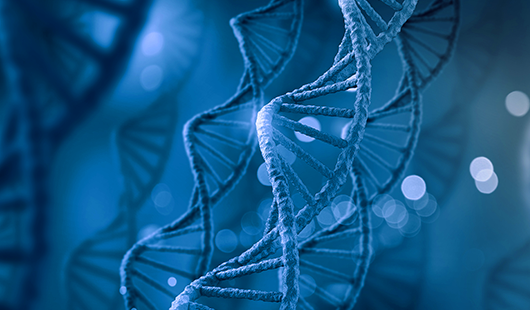Single-domain antibodies (sdAbs) are gaining popularity as an attractive class of therapeutic molecules due to their small size, high stability, and specificity for target antigens. They can be derived from the variable domain of heavy chain-only antibodies (VHHs) of camelids, or from the variable domain of shark antibodies. The construction of immune sdAb libraries is essential to isolate sdAbs that specifically bind to target antigens.
Steps Involved In The Construction Of Immune Sdab Libraries
The construction of immune sdAb libraries involves three main steps: immunization, library generation, and screening. Immunization involves injecting the target antigen into an animal to stimulate its immune system to produce antibodies, including sdAbs. After immunization, blood samples are collected and total RNA is extracted from the cells to create cDNA. The variable domain of the sdAbs is then amplified by PCR, and inserted into a suitable expression vector for library generation.
Methods for Library Generation
There are several methods used for library generation, including phage display, yeast display, and ribosome display. In phage display, sdAbs are expressed as fusion proteins with phage coat proteins, and displayed on the surface of phage particles. In yeast display, sdAbs are expressed on the surface of yeast cells by fusion to an anchor protein, such as the α-agglutinin protein. In ribosome display, sdAbs are synthesized in vitro, and ribosome-mRNA complexes are immobilized on solid supports.
Screening Methods for Identifying Target-specific sdAbs
After library generation, sdAbs that bind specifically to the target antigen are identified through screening. Screening methods can be divided into two categories: in vitro and in vivo. In vitro methods include ELISA, surface plasmon resonance (SPR), and flow cytometry. In vivo methods involve selection of sdAbs in animal models or through phage display selection against cell surface antigens.
Advantages of Immune sdAbs Libraries
One of the main advantages of immune sdAb libraries is their ability to identify sdAbs with high specificity and affinity for target antigens. This is due to the fact that immune sdAb libraries are generated from animals that have been immunized with the target antigen, resulting in a pool of sdAbs that have already undergone affinity maturation in vivo. As a result, immune sdAb libraries often contain sdAbs with high affinities and specificities, which can be useful for a wide range of applications, including diagnostic assays, imaging, and therapeutics.
In addition to their high specificity and affinity, immune sdAb libraries also offer the potential to select sdAbs with improved pharmacokinetic properties. This is due to the fact that sdAbs are smaller than conventional antibodies, allowing them to penetrate into tissues more easily and clear more rapidly from circulation.
Overall, immune sdAb libraries represent a powerful tool for the generation of sdAbs with high specificity and affinity for target antigens, and with the potential to improve pharmacokinetic properties.





Tel:+86 4008677715
E-mail:service@nb-biolab.com
Address:SME Incubation Park, 319 Qingpi Avenue, Chengdu, China.
Working time:9:00-18:00